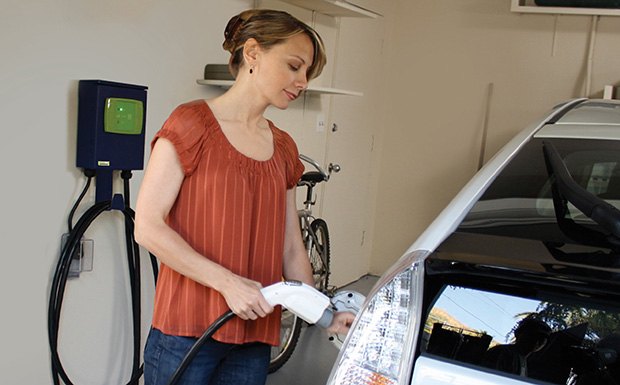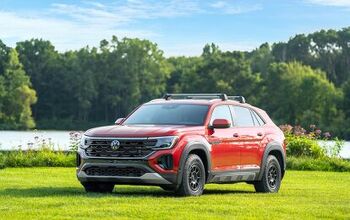California Planning EV Charging-Friendly Building Codes For 2015 – 2016
Should you one day find yourself heading off to make a new life in California, and you own a plug-in vehicle, your home or apartment will already have the minimum infrastructure needed to install a charging port.
The Long Tail Pipe reports the California Building Code is set to receive an update sometime between 2015 and 2016, mandating new housing and parking lots must at least have “the conduit and electrical system calculations required to prepare for charging stations.” This would not only knock down installation costs — current installations require extensive work as far as wiring and upgrades are concerned, with a price tag to match — but could help spur greater adoption of electric cars and motorcycles.
Though installation would be made easier with the standards in consideration, charging could still be a pain. In a study b the state’s Department of Housing and Community Development, grid operator California ISO proclaimed the grid could handle the increase in load so long as the ports are limited to 40 amp charging capacity. The fear is that were the amps to be doubled without upgrades to local transformers, the grid could overload.
The trade-off in limiting amps to maintain grid integrity is longer charging times, which could be made longer when longer-range EVs and their 60-plus kWh packs arrive sometime in 2017. The Long Tail Pipe says 40 amp would deliver times of 10 hours or greater to bring the packs to full. Though the study suggests 120-volt charging, the draft building code makes no mention of using that particular method.
Seattle-based writer, blogger, and photographer for many a publication. Born in Louisville. Raised in Kansas. Where I lay my head is home.
More by Cameron Aubernon


































Comments
Join the conversation
I'd push for 240.... then I can power my big tools
How dare that woman use electricity to charge her car when there's a perfectly good two-wheel foot pedal conveyance right there.
It's a silly file photo anyhow. She's approaching the fuel filler with the cord. I believe the charging jack's on the other side of the plug-in Prius.
Nothing to do with "overloading the grid". Three houses including mine are served off a 25 kVA transformer, for example. 40 amps at 240 volts is about 10 kVA. So three houses charging EVs would overload the poletop transformer, especially if all the houses are also running A/C, dryers etc. There's the limitation. Who would pay for replacing millions of poletop transformers to make sure they're not overloaded, when they're perfectly good pieces of equipment with an over 50 year lifespan?